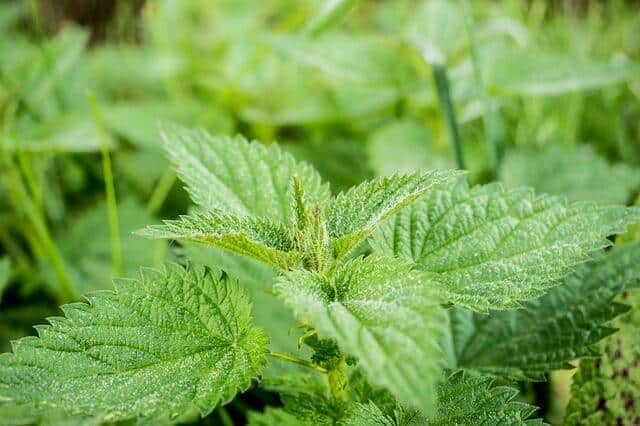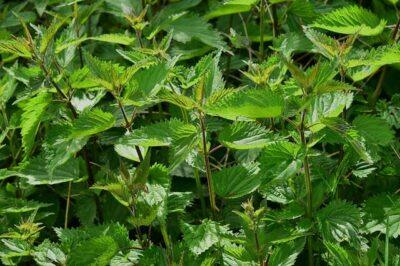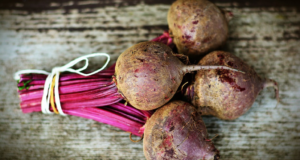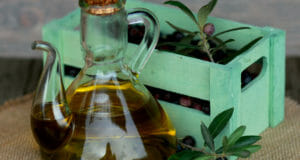Stinging nettles are a common forest plant found in Northern regions around the globe. They prefer rich soil near the edges of streams, lakes, springs and other sources of cool, clean water. Although they can be a nuisance for any person tromping through the woods in shorts, stinging nettles are an incredibly versatile and important wild edible.
Most people in our society no longer view nettles as a plant of value, but for early homesteaders and Native f of the nettle was used for treating joint pain and inflammation. Clearly, stinging nettle is a plant with multiple purposes.
So how does one find, harvest and utilize nettles? First, it is important to properly identify this plant in the wild. Nettles are characterized by the following features:
- Nettles grow in dense clusters or groves near water and begin to emerge shortly after snowmelt in the spring.
- Young nettle leaves have a heart-shaped appearance and may exhibit a purplish tint.
- Leaves are opposing in orientation along the stem, and range between two and five inches in length, with serrated edges and a pointed tip.
- Veins of the nettle leaves are indented.
- Nettles have small, glassy hairs on the underside of their leaves and along their stems.
- At maturity, nettles can be more than five-feet tall.
Remember to collect nettles only from pristine environments, away from roads or any source of pollution and contamination. The tastiest portion of stinging nettles is the new leaves at the growing tip. Whenever possible, harvest nettles during the early part of the spring after they have first emerged from the soil. Look for plants that have eight leaves or less.
Fast, All-Natural Pain Relief With No Nasty Side Effects!
It is OK to harvest leaves from older plants, but they won’t be as tender or as sweet. To harvest nettles, it is best to wear a pair of gloves and a long-sleeved shirt. While holding the topmost leaf, clip the stem just below the first whorl of leaves, either with scissors or garden clippers. The stems tend to be fibrous. Avoid cutting too much stem material. In the case of more mature plants, you will want to strip the leaves away from the stem altogether. Nettles can be stored loosely in a plastic bag in the fridge for several days before use. To preserve the quality of the nettles, do not rinse until just prior to processing.
The sting of the nettle plant comes from a combination of formic acid, histamine and several other chemical compounds that the plant uses as a defense mechanism against browsing herbivores. The modified hairs on the underside of the leaves and along the stem are used to inject this stinging solution into the skin. Nettles will lose their ability to sting when they are properly prepared.
When you are ready to eat your nettles, blanch them in hot water for five minutes and drain. (The blanching water makes a great tea or can be used a base for a vegetable stock, so don’t throw it out). The nettles now have lost their “sting” and can be used in place of spinach for most recipes, including lasagna or pasta sauce. Use stinging nettles in place of basil for pesto (freeze any extra in small glass jars) or as the base for a creamy spring soup. If you have acccidentally over-harvested, try drying your extra stinging nettles in a food dehydrator. The dried nettles make an excellent tea and can be crumbled and used as a flavoring herb for soups and sauces during the winter months.
Regardless of how you use them, stinging nettles are sure to become a household favorite. Their sweet flavor practically screams “springtime.” As a homesteader, I can no longer imagine life without them as part of our pantry.
Do you harvest and eat nettles? Share your nettles tips in the section below:
 Off The Grid News Better Ideas For Off The Grid Living
Off The Grid News Better Ideas For Off The Grid Living






